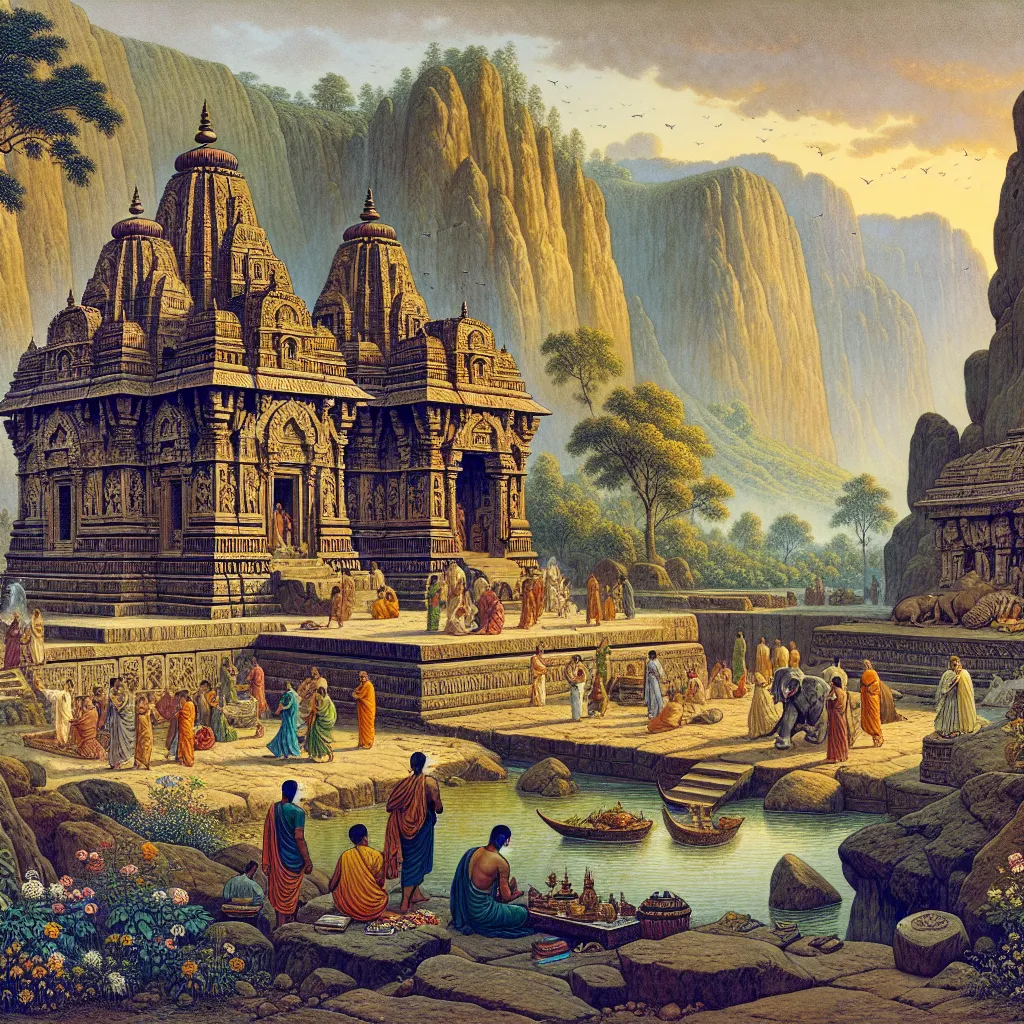Exploring Ancient Indian Civilization
Ancient Indian Civilization
Introduction
Ancient India, with its rich tapestry of cultures and traditions, made significant contributions to various fields including mathematics, science, literature, and philosophy. The civilization flourished in the Indian subcontinent and has left an enduring legacy that continues to influence modern society.
Geography and Major Regions
The Indian subcontinent is characterized by diverse geography, including the fertile plains of the Indus and Ganges rivers, the Thar Desert, and the Deccan Plateau. Major regions in ancient India included:
- Indus Valley: Known for its advanced urban planning and architecture.
- Gangetic Plain: The heartland of many ancient kingdoms and empires.
- Deccan Plateau: Known for its rich cultural history and trade routes.
Indus Valley Civilization
The Indus Valley Civilization (circa 3300–1300 BCE) was one of the world’s earliest urban cultures. Key features include:
- Harappa and Mohenjo-Daro: Major urban centers with advanced drainage systems and grid-based city layouts.
- Art and Craftsmanship: Notable for their terracotta figurines, seals, and metallurgy.
Vedic Period
The Vedic period (circa 1500–500 BCE) is marked by the composition of the Vedas, the oldest scriptures of Hinduism. Key aspects include:
- Society and Culture: A hierarchical society divided into varnas (classes) and the emergence of early Hinduism.
- Literature: The Rigveda, Samaveda, Yajurveda, and Atharvaveda are composed during this period.
Maurya and Gupta Empires
The Maurya (circa 322–185 BCE) and Gupta (circa 320–550 CE) empires are known for their remarkable achievements in governance, culture, and science.
- Maurya Empire: Founded by Chandragupta Maurya, it reached its zenith under Ashoka the Great, who promoted Buddhism.
- Gupta Empire: Known as the “Golden Age” of India, marked by advancements in mathematics, astronomy, literature, and the arts.
Religion and Philosophy
Ancient India was a crucible of religious and philosophical thought, giving rise to several major religions:
- Hinduism: With its vast pantheon of gods and rich mythological traditions.
- Buddhism: Founded by Siddhartha Gautama (Buddha), emphasizing the path to enlightenment.
- Jainism: Founded by Mahavira, focusing on non-violence and asceticism.
Contributions to Mathematics and Science
Ancient Indian scholars made significant contributions to various fields:
- Mathematics: Introduction of the concept of zero, decimal system, and significant works by mathematicians like Aryabhata and Brahmagupta.
- Astronomy: Advanced understanding of celestial bodies and planetary motion.
- Medicine: Ayurveda, an ancient system of medicine, and significant texts like the Charaka Samhita and Sushruta Samhita.
Literature and Epics
Ancient Indian literature is rich and diverse, encompassing epics, poetry, and philosophy:
- The Mahabharata: An epic narrative of the Kurukshetra War and the fates of the Kaurava and Pandava princes.
- The Ramayana: The story of Prince Rama, his wife Sita, and his loyal companion Hanuman.
- Classical Sanskrit Literature: Works of poets like Kalidasa, known for his plays and poems.
Art and Architecture
Indian art and architecture reflect the rich cultural heritage and religious traditions:
- Temple Architecture: Notable examples include the rock-cut temples of Ellora and the intricate carvings of Khajuraho.
- Sculpture and Painting: Representations of deities, historical figures, and scenes from daily life.
Further Reading
For those interested in learning more about ancient India, consider the following resources:
- Books:
- “A History of Ancient and Early Medieval India” by Upinder Singh
- “The Wonder That Was India” by A.L. Basham
- “India: A History” by John Keay
- Websites:
- Documentaries:
- “The Story of India” (BBC)
- “Lost Worlds of the Indus Valley” (PBS)
Images
 Description: Seals from the Indus Valley Civilization, showcasing their craftsmanship and use in trade.
Description: Seals from the Indus Valley Civilization, showcasing their craftsmanship and use in trade.
 Description: A statue of Buddha, symbolizing peace and enlightenment.
Description: A statue of Buddha, symbolizing peace and enlightenment.
 Description: The rock-cut temples of Ellora, representing a unique fusion of Hindu, Buddhist, and Jain architecture.
Description: The rock-cut temples of Ellora, representing a unique fusion of Hindu, Buddhist, and Jain architecture.
Conclusion
Ancient India’s civilization offers a profound legacy of knowledge, culture, and spiritual wisdom that continues to inspire and influence the modern world. By delving into their achievements and understanding their way of life, we gain valuable insights into humanity’s timeless quest for knowledge and creativity.